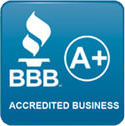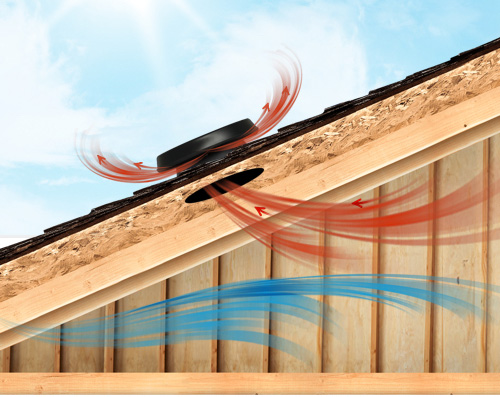
Solar vs. Wired Attic Fans: Which is Right for Your Florida Home?
An attic is a space located directly below the roof of a building. It is typically used for storage, but it can also be used for living space. Attics are often hot and humid, especially in Florida, where the climate is warm and humid year-round.…
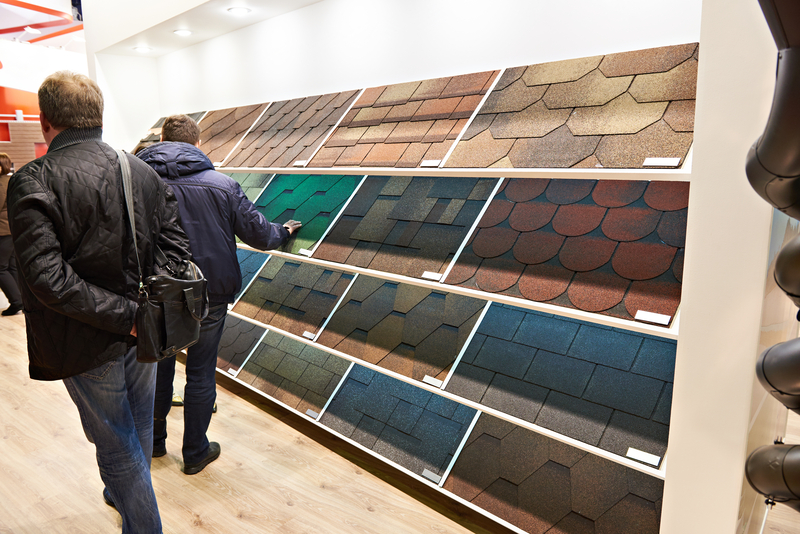
Choosing the Right Shingle Color: Tips from Central Florida’s Top Roofing Experts
When it comes to roofing, many homeowners focus on the material and durability of shingles. But, color can also have an enormous effect on your home's energy efficiency, curb appeal, resale value, and overall protection. In this article, we'll…
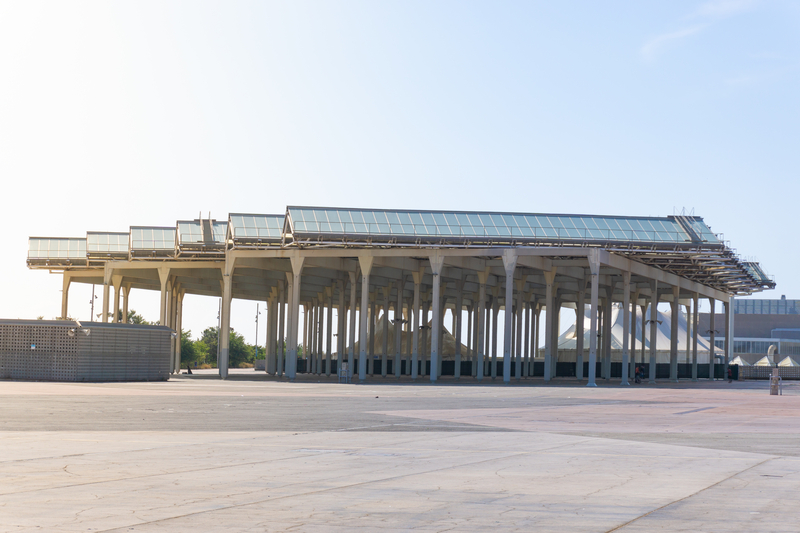
Discover the Top 12 Roofing Trends to Look Out for in 2023
As a roofing company that has been in business for almost five decades, we have seen various roofing trends come and go. In 2023, there are some exciting roofing trends that we are looking forward to seeing more of. In this article, we will…
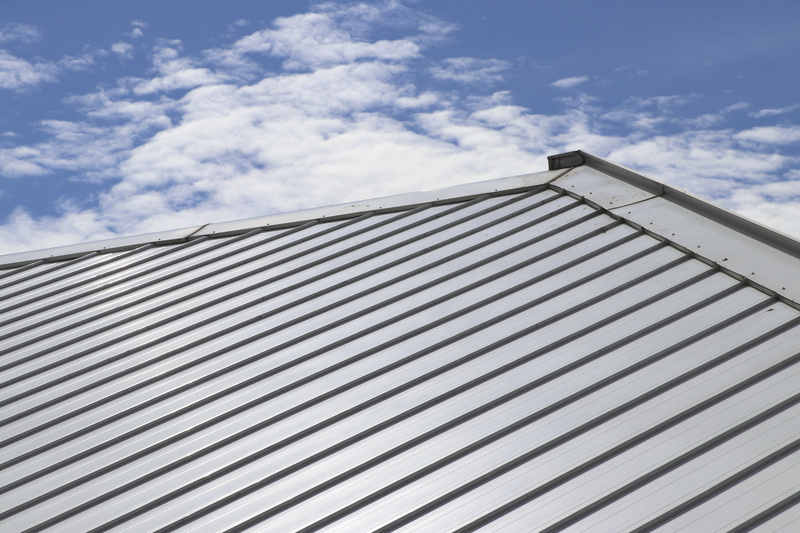
Why Your Metal Roof Needs High-Quality Fasteners for Longevity and Protection
Metal roofs are a popular choice among homeowners in Central Florida due to their durability and longevity. However, many people overlook the importance of quality fasteners when installing a metal roof. The fasteners are the components that…
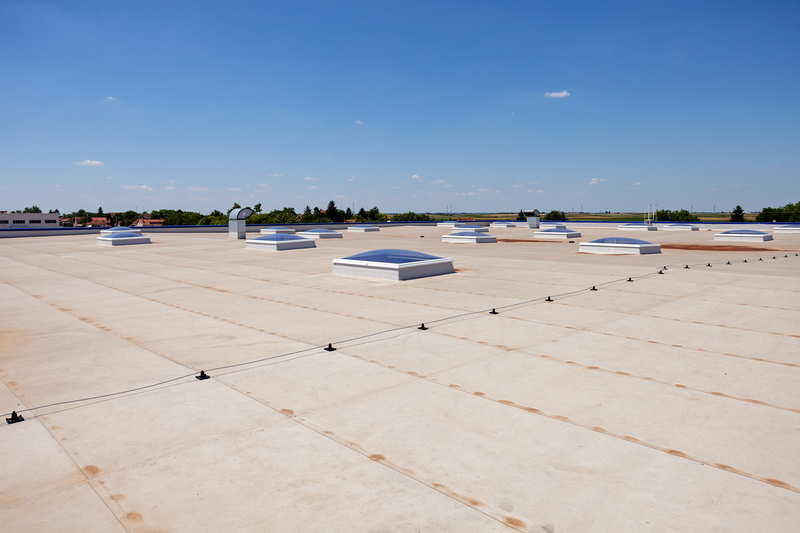
Avoid Costly Mistakes with Your Commercial Roof: Evaluate Damage Indicators First!
The roof is a very important part of any building. When owners experience some issues, they are not sure if they need to replace their roofs or if repairing will be enough. However, it is very important to know if your roof requires replacement…
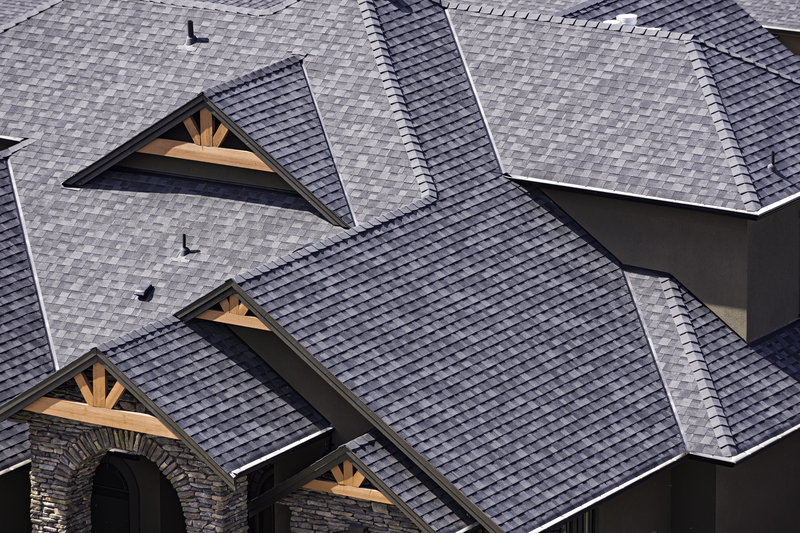
Shingle Roof: Select Appropriate Shingles for Your Roof
When we talk about roofs, shingles are the first thing that comes to our minds. It is so because we see them all around us, they are low-cost and easy to install too. Moreover, they are versatile. Many people think shingle selection is not difficult,…
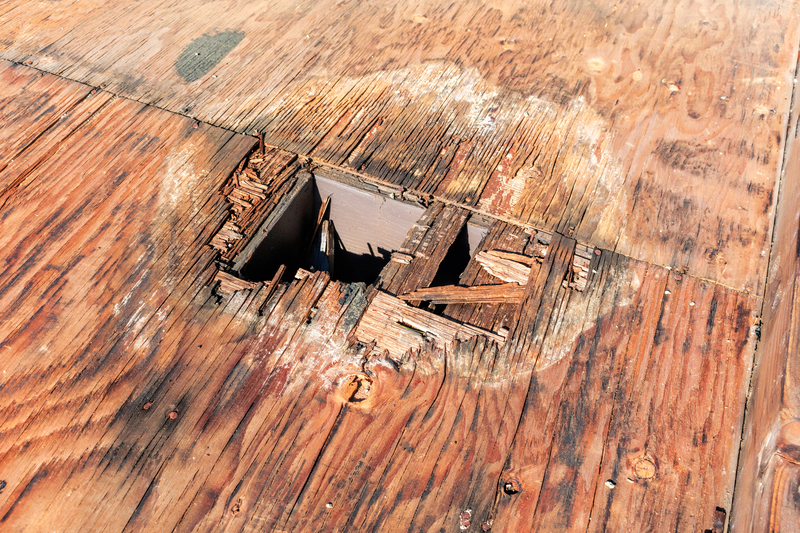
Roof maintenance: A spring cleaning checklist for Florida
Spring is all about colors and brightness around the world. Residents of Florida have to start their spring cleaning seriously, as soon as the season starts in the state. Spring cleaning is all about cleaning the house and it also includes roof…

Roof Leakage: Don’t Allow Your Roof Leaks to Create a Big Problem
If you have leaks in the roof, you try to fix the problem. However, in most cases, the source of the leakage is not easy to find. Some visible signs indicate a leaking roof, for instance, mold growth, stains on walls and roofs, and water puddles.…

Don’t Wait Until It’s Too Late: Assess Your Florida Roof’s Readiness for Hurricane Season
Hurricanes are a common occurrence in Florida, and they can cause significant damage to homes and businesses, particularly to roofs. As a reputable roofing company in Central Florida, we have seen firsthand the impact of hurricanes on roofs…
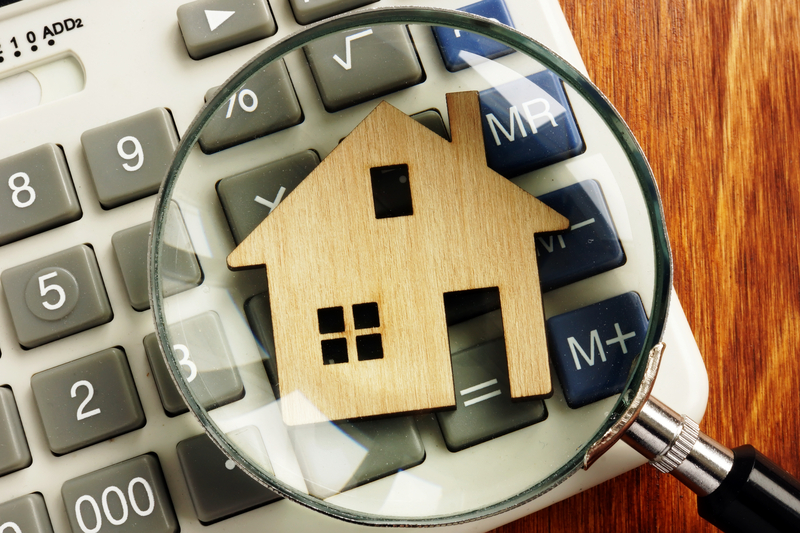
The Real Cost of a Roof Replacement in Florida: Understanding the Factors
A roof replacement is a significant investment for any homeowner, and the cost can vary significantly depending on various factors. For homeowners in Florida, the cost of a roof replacement can be affected by several unique factors such as weather…

